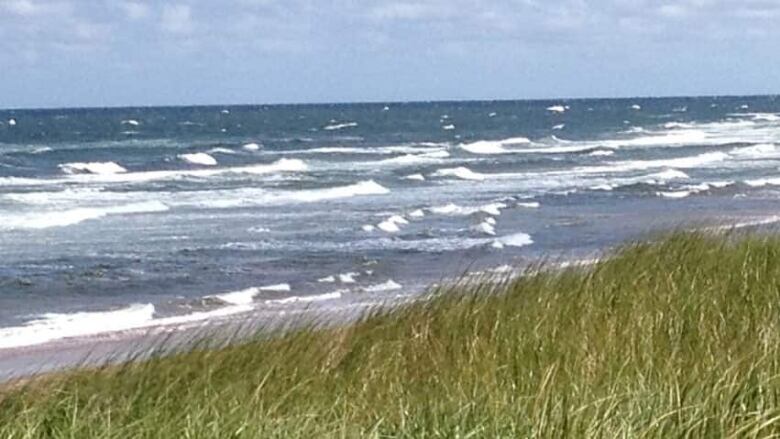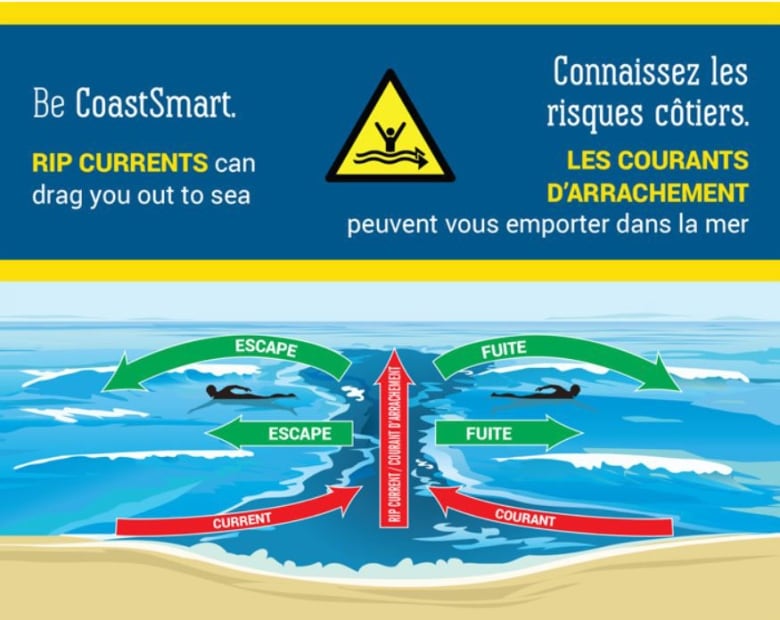Deadly beach conditions still unknown to too many, say committee members
'I've talked to many people who have no idea about rip currents'

More needs to be done to educate tourists and Prince Edward Islanders about rip currents, say some members of an advisory committee brought together to develop new safety information.
The P.E.I. Rip Current Advisory Committee was created last fall. It was made up of representatives from Parks Canada, the province, first responders, people who specialize in water safety, and interested members of the public.
Sue Gallant's husband Danny died in a rip current when her family was visiting P.E.I. in 2017. She'd like to see more information for people who use private beaches.
"I have a concern with how the information gets to people who are visiting and are renting cottages at [unsupervised] beaches," said Gallant.
"I've talked to many people who have no idea about rip currents and come to this Island."
Beth Johnston and her son were caught in a rip current the same day as Danny Gallant.

She's also a member of the committee, and would like to see a rope or ring available to people who rent cottages as well as education for students in school.
The changes put in place by the committee include a new, more realistic rip current image with improved wording, new signage and flag systems aligned with international standards, and an updated educational program about ocean hazards.
Rip currents develop in high surf conditions. Water is pushed onto the shore by the waves, and runs back out to sea in narrow channels. The current is too strong to swim against.

To escape a rip current, swim parallel to the shore, and then back to the beach when you are out of it. Beach goers should heed warnings to stay out of the water when conditions are dangerous.
Members of the committee plan to continue to advocate for more rip current education.
More P.E.I. news
With files from Island Morning












_(720p).jpg)


 OFFICIAL HD MUSIC VIDEO.jpg)
.jpg)



























































































